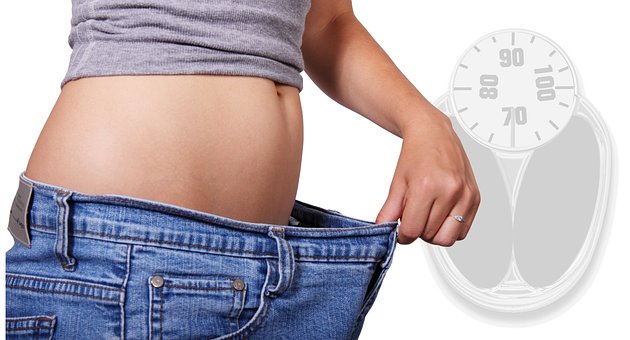Effective Exercises for Quick Weight Loss
Effective Exercises for Quick Weight Loss

Effective Exercises for Quick Weight Loss
Are you looking for ways to shed some extra pounds quickly and effectively? With our fast-paced lifestyle today, it's no surprise that many struggle with maintaining a healthy weight. Exercise is one of the most effective ways to lose weight, but not all exercises are equally effective. But worry not because these scientifically proven exercises can help you quickly achieve your weight loss goals. But before going into the topic, let's briefly see the importance of exercise.
Importance of Exercise for Weight Loss
Exercise is an essential component of any weight loss journey. Not only does it help you burn calories and lose weight, but it also has numerous other benefits for your physical and mental health. Incorporating exercise into your daily routine can improve mood, boost energy levels, and reduce your risk of chronic diseases. Here are effective ways to lose weight.
High-Impact Exercises for Weight Loss
High-impact exercises can help you achieve your weight loss goals quickly and effectively. Some examples of high-impact exercises for weight loss are running and jogging.
Running and jogging
Running and jogging are excellent high-impact exercises that help you burn calories quickly. These exercises improve cardiovascular health and can help tone your leg muscles. If you're starting, begin with a light jog for a few minutes and gradually increase the intensity and duration.
High-Intensity Interval Training (HIIT)
HIIT involves short bursts of intense exercise and rest periods. This training is incredibly effective for weight loss as it helps you burn more calories in less time. HIIT exercises can include jumping jacks, burpees, and sprinting.
- Jumping jacks: Jumping jacks are a classic exercise that involves jumping while simultaneously spreading your legs and arms apart. They are great cardiovascular exercises that can help burn calories and improve heart health.
- Burpees: Burpees are full-body exercises that involve a combination of a squat, push-up, and jump. They are high-intensity exercises that can help burn calories, improve cardiovascular health, and build strength.
- Sprinting: Sprinting involves running as fast as you can for a short period. It is an excellent way to improve cardiovascular health, burn calories, and build lower body strength.
Low-Impact Exercises for Weight Loss
Walking
Walking is a low-impact exercise that anyone can do, regardless of fitness level. It's a great way to burn calories and can be easily incorporated into your daily routine. Try walking for at least 30 minutes every day to see results.
Swimming
Swimming is another low-impact exercise that is great for weight loss. It's an excellent way to tone your muscles and improve cardiovascular health. Swimming also helps reduce stress and can improve your overall mood.
Strength Training for Weight Loss
Strength training is an effective way to build muscle and burn fat. The more muscle you have, the more calories you burn, even when you're not exercising. Strength training can also improve bone density and reduce your risk of injury.
Some sample strength training exercises include squats, lunges, and push-ups.
- Jumping jacks: Jumping jacks are a classic exercise that involves jumping while simultaneously spreading your legs and arms apart. They are great cardiovascular exercises that can help burn calories and improve heart health.
- Burpees: Burpees are full-body exercises that involve a combination of a squat, push-up, and jump. They are high-intensity exercises that can help you burn calories, improve your cardiovascular health, and build strength.
- Sprinting: Sprinting involves running as fast as you can for a short period. It is an excellent way to improve cardiovascular health, burn calories, and build lower body strength.
In Conclusion
Incorporating high-impact, low-impact, and strength training exercises into your fitness routine can help you achieve your weight loss goals quickly and effectively. Remember to consult a healthcare professional before starting any new exercise regimen, especially if you have any underlying medical conditions.
